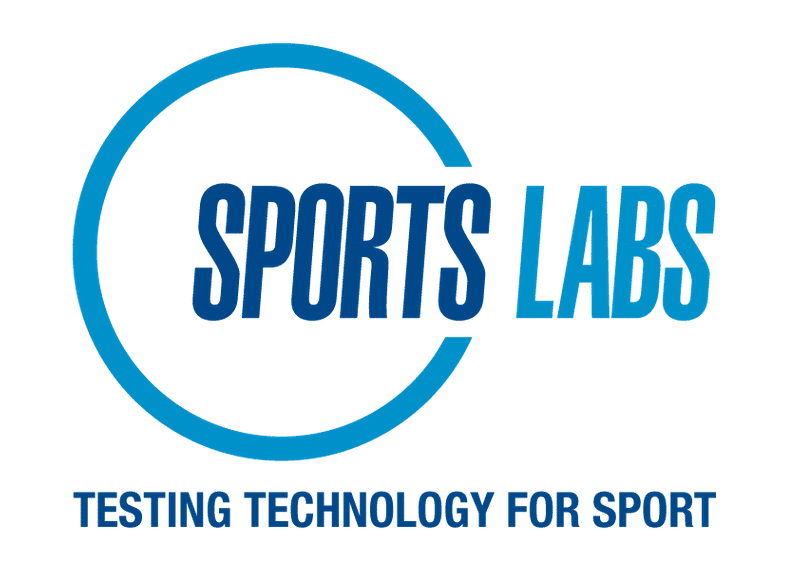The Player As Part Of The Testing Team
Anyone who knows me will know that I am always banging on about wearable technology becoming the next big thing to come into our world of testing artificial and natural turf sports fields.
Let’s face it, Sports Labs has tested thousands of fields over the last 20 years using very similar equipment and technology. And as the processes used to build natural grass fields evolved, artificial turf developments kept pace. We are able to test for things that differentiate between surfaces as well as a player's preference for one surface over the other.
The criteria for artificial turf was ascertained many years ago using natural stadium turfs as a benchmark to establish the desired performance in artificial turf. These limits have mainly remained the same for 30 years. Modern stadium quality natural turf has evolved into sophisticated sand bases and, in some cases, hybrid wherever synthetic filaments are injected into the root zone of a grass system.
The athlete/player ply their trade on these surfaces – whether natural or artificial, so they expect many things from the surface like stability, consistency, good ball surface interactions and, above all, safety.
The recent pro-league study conducted by the Scottish FA, the Scottish PFA and Sports Labs Ltd. found that pro players cite a preference for a particular surface based on their experience of playing on the fields over a whole season, or 26 games.
Some of the results do not surprise us, but what is surprising is that the players expressed a preference for artificial turf.
Why is this information useful? Because a player, from their experience of interacting with the surface, can detect subtle issues which affect their game. Player perceptions can be both a sensitive and valuable tool in directing research and development focused on improving artificial surfaces that are more responsive to athlete preferences.
Another approach might be to instrument athletes with technology that can detect their interactions with a surface. The objective here is to capture live data in a real-world environment where there is authentic player interaction with a surface, as opposed to equipment-based testing laboratory which more indirectly evaluates a surface.
In a novel approach, Sports Labs uses pressure-sensitive insoles to monitor athlete surface impacts, which help us to understand best the forces athletes experience when interacting with a surface.
These specially-designed insoles feel a lot are like wearing mini-force plates inside your boots because they are capable of measuring force, contact time, accelerations and decelerations -- a whole suite of useful data.
This chart shows the force measurements recorded with a highly skilled athlete performing a predetermined set of drills on various surfaces.
We conducted the study on a variety of different surfaces and discovered athletes modify the way they engage with a surface very soon after interacting with it -- literally seconds after stepping onto the surface. A modification we observed was shock-attenuation, where an athlete effectively absorbed impacts to attenuate the shock transfer through the limb and knee, regardless of how hard or soft the surface was. We validated our findings in two studies.
Figure 2 shows a variety of surfaces tested and the force values experienced by a conditioned athlete performing the same drills repeatedly. The maximum force values are virtually the same on each surface regardless of type. There is more to this, however, because we know that the shock absorption values when tested by the advanced artificial athlete used in the FIFA Quality Concept testing regime yield different results for each surface. Importantly, an athlete can articulate that a surface with a shock pad is soft; the surface without a shock pad is hard; and the natural pitch feels firm, but good.
The test procedure is able to differentiate between surfaces because it has a simple biomechanical model (a weight loaded onto a spring) that has no capacity to attenuate shock unlike a human.
The dilemma here is to know what the athlete interaction (force values) add to our understanding of a player’s reaction to a surface — and how to turn that into a win when modifying artificial turf to help athletes change their perception of playing on these surfaces. The first important metric is to measure real forces experienced by an athlete freely moving about the surface without the need to target a force plate in a lab. These forces can be used to dial in a piece of equipment which can be used to impact the surface at the same force we observe in real life. This equipment, which in reality is more practical than using elite athletes, can be used routinely to test surfaces. We can also measure incremental changes in impact when the athlete fatigues. These incremental changes in an athlete’s ability to attenuate shock may be one of the key findings here. Do these increased impacts during fatigue build up in the athlete causing more fatigue and potentially increase the risk of injury? A further very important point to note is that the force measurements are recorded at the first impact unlike the device used in FIFA type testing. This is a more realistic evaluation approach.
The ability of an athlete to attenuate the shock they experience is unique and difficult to emulate in a piece of equipment.
So why do athletes prefer natural grass over artificial turf and how do these tools we use help us to understand that question?
The key to understanding why athletes prefer natural grass appears to be linked to the property of energy restitution where natural turf presents different properties in this regards to artificial turf. One focus of the research going forward should be to better define how to measure this property accurately and independently.


